Comparison of Wave Propagation Results for Tx Height of 20m
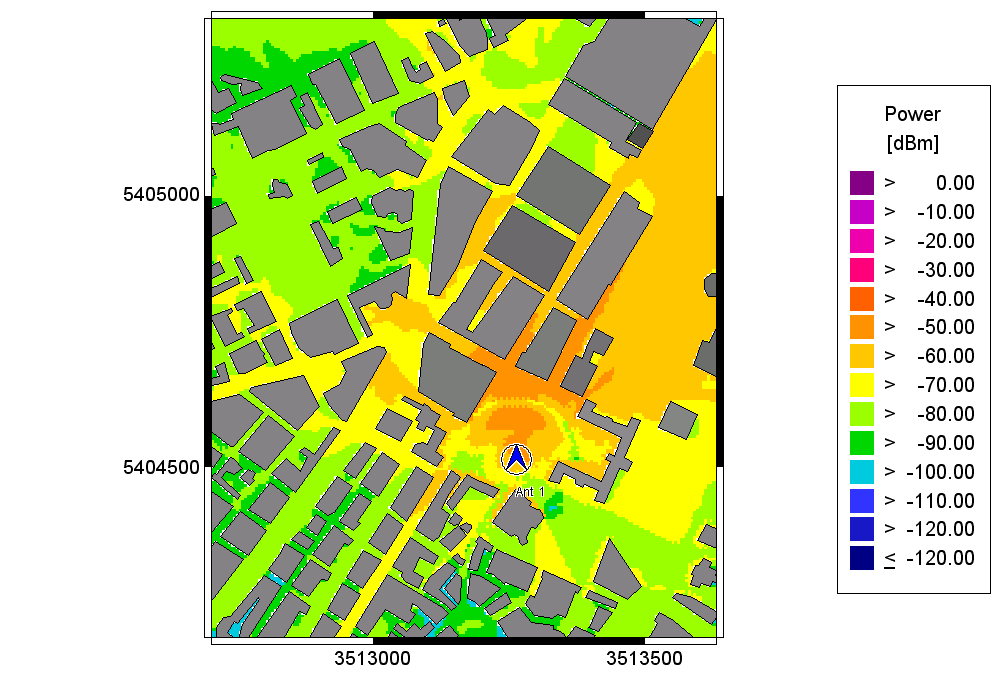
Figure 1. Prediction of received power if using the measured 3D antenna pattern (Tx height 20 m).
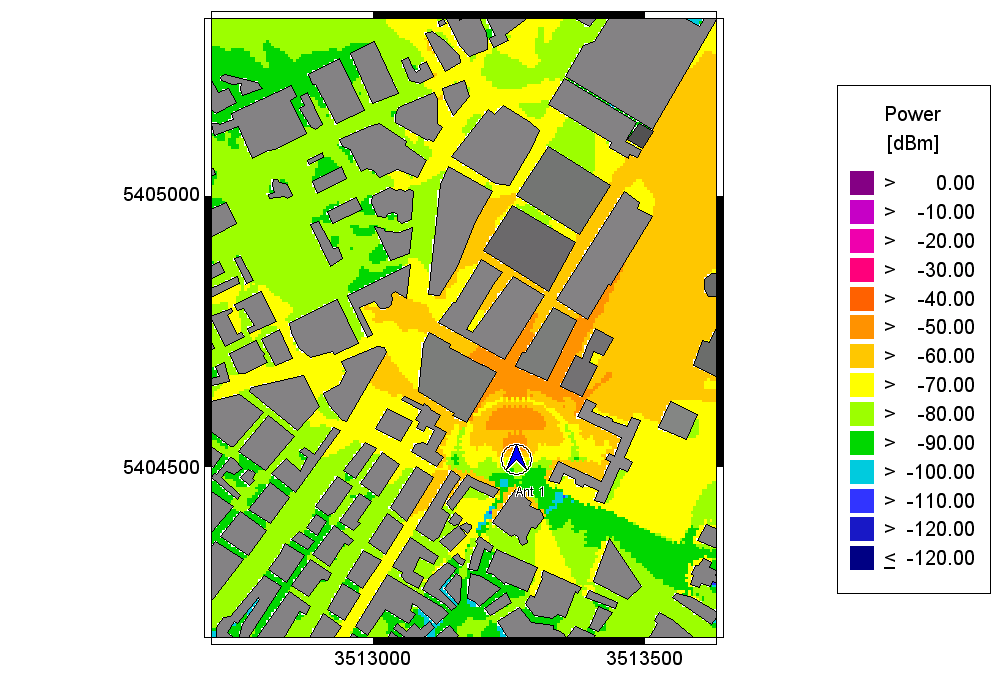
Figure 2. Prediction of received power using the interpolated 3D pattern (AM algorithm).
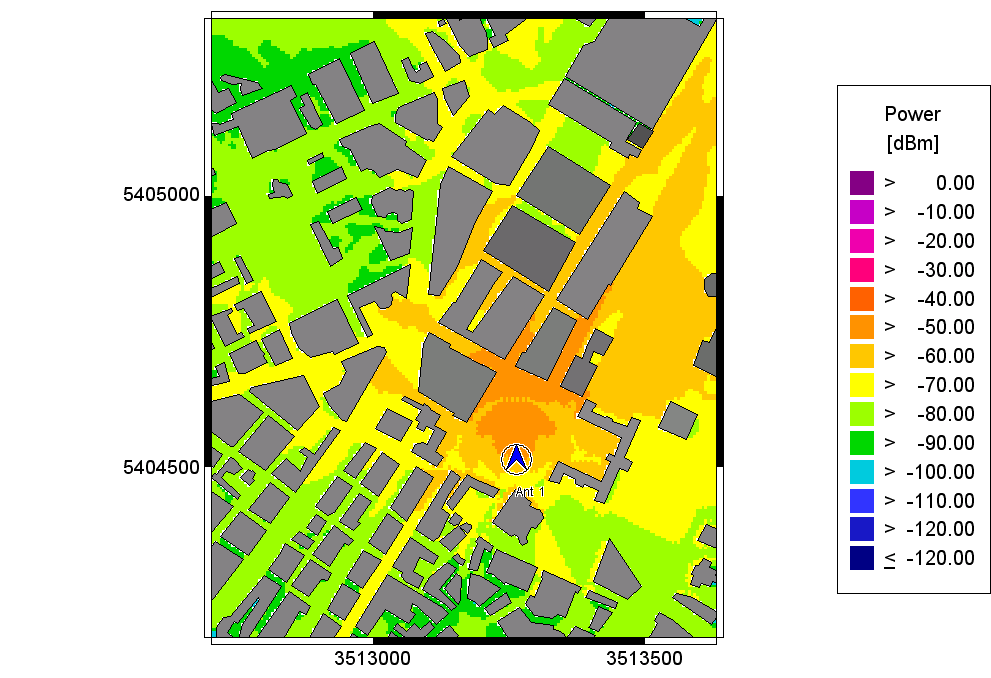
Figure 3. Prediction of received power using the interpolated 3D pattern (BI algorithm).
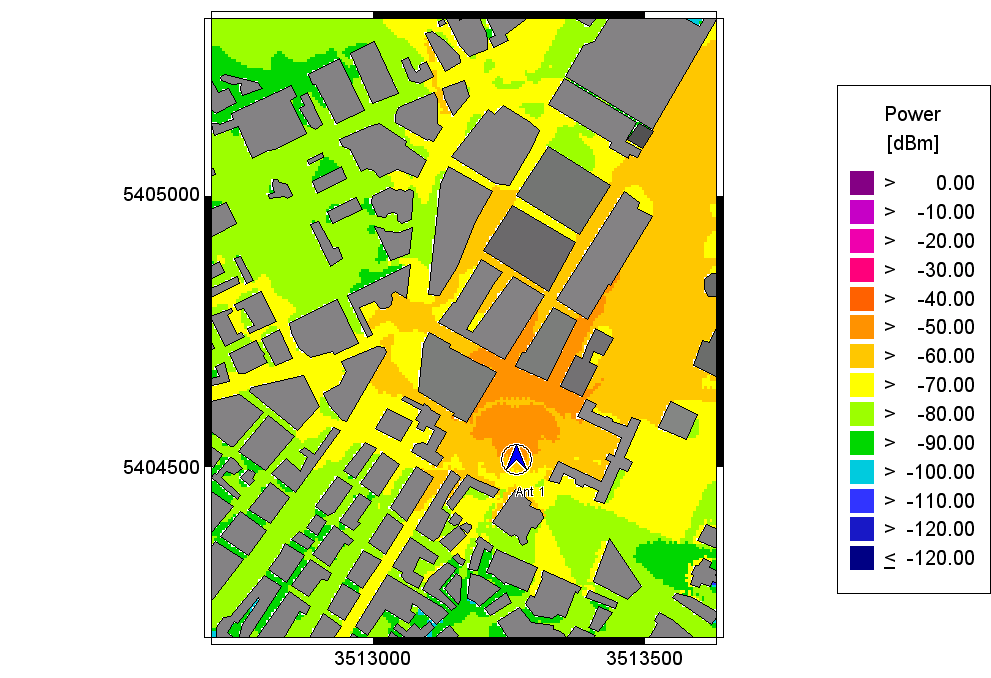
Figure 4. Prediction of received power if using the interpolated 3D pattern (WBI algorithm).
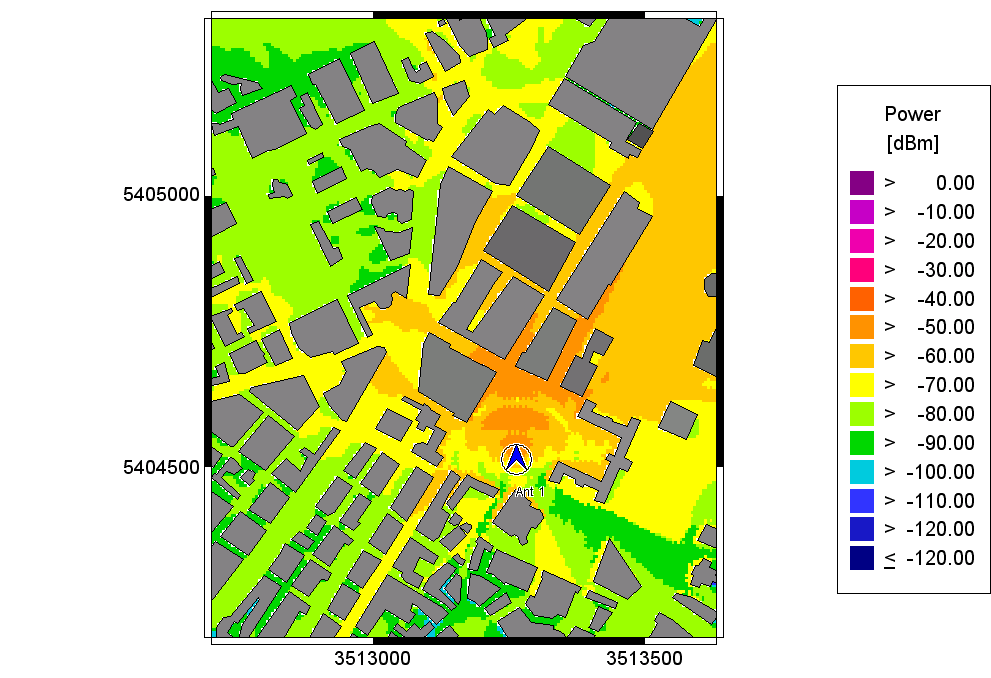
Figure 5. Prediction of received power using the interpolated 3D pattern (HPI algorithm).
The plots of the predicted received power for the transmitter height of 20m show the influence of the antenna pattern on the computation of the wave propagation. At the first view all the figures look very similar, however, after detailed analysis, there are some differences visible.
| Comparison | Polarization +45° | Polarization -45° | ||
|---|---|---|---|---|
| Measured 3D Pattern | Mean Value [dB] | Standard Deviation [dB] | Mean Value [dB] | Standard Deviation [dB] |
| AM Algorithm | 0.57 | 2.41 | 0.07 | 1.81 |
| BI Algorithm | -0.32 | 2.14 | -1.03 | 2.41 |
| WBI Algorithm | -0.77 | 2.10 | -1.28 | 2.00 |
| HPI Algorithm | 0.17 | 2.00 | -0.20 | 1.42 |
The numerical evaluation of these differences is given in the table above. According to this evaluation, the HPI has the best performance (the smallest error with respect to the measured 3D antenna pattern). However, all the different interpolation algorithms are in the same range (at least concerning the standard deviation).